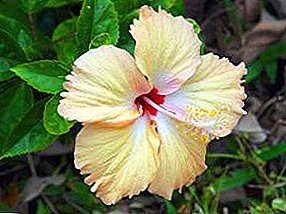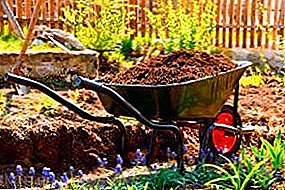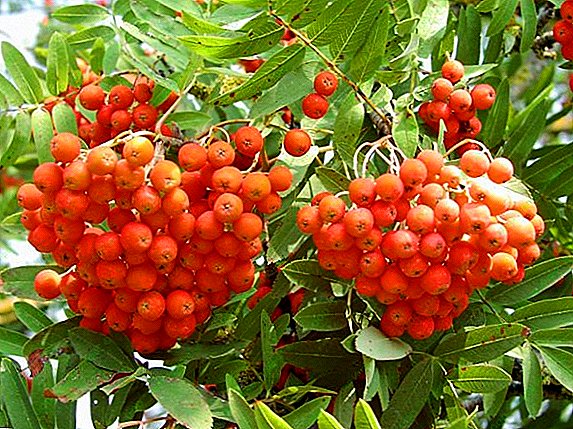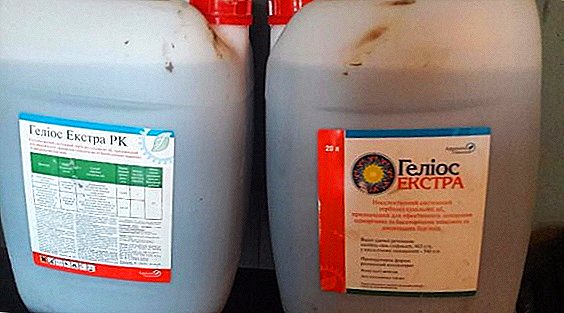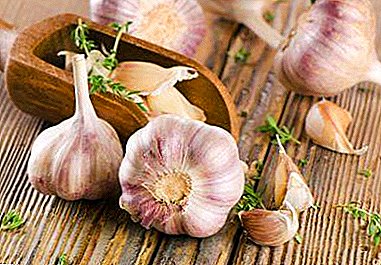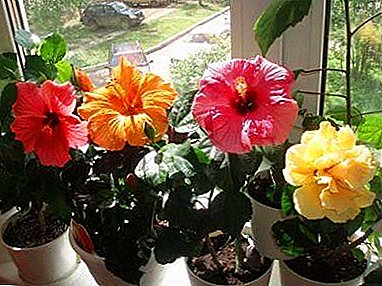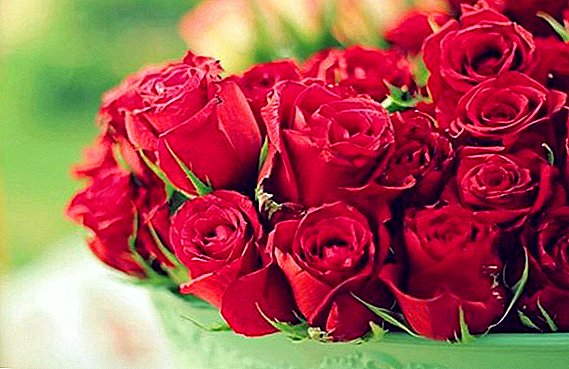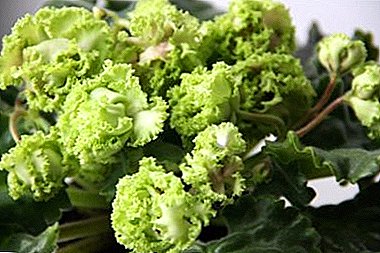
Rafidofora - beautiful liana with decorative carved leaves.
It looks like a monstera, it grows quickly and becomes a rather tall plant, decorating your apartment with its exotic look.
Description
 Rafidophora is a vine of the Aroid family.
Rafidophora is a vine of the Aroid family.
Homeland plants are considered to be East India and Sri Lanka.
Some species have needle-like formations on the stems, for which the plant got its name: phora - "carrier", raphido - "needles".
The leaves are shiny large, in the shape of an oval or heart. Length up to 60 centimeters, width - up to 45-50 centimeters. The leaves are dark green, pinnately dissected, but the young - whole.
Houses rarely blooms, flowers do not represent value.
A photo
Admire the Rafidofora creeper on the photo below:




Kinds
There are 2 types:
Protruding
This species has a thick trunk, large leathery leaves up to 50 centimeters, pinnate.
Photo of the view Nibbling:
Stalked
Stems with short internodes, leaves up to 10 centimeters, pointed.
Photo of the stalked species:
Home care
Care after purchase
This houseplant is quite unpretentious in the care, prefers high humidity, moderate temperature, poor watering and diffused light.
Rafidofor requires constant spraying and annual transplants.
After purchase, it is advised to transplant a flower for 3 weeks then give a couple of days of rest. Then, young plants are transplanted annually, mainly in early spring; adult plants are planted every 2-3 years.
Pruning
Room rafidofora perfectly amenable to pruning. With its help, the flower can be formed bushy crown. To do this, the stems are pruned in the spring to half their length.
Important: In no case should you remove adventitious roots.
The flower grows at home well and quickly acquires new shoots.
Watering and moisture
 The plant in summer and spring prefers regular abundant watering once in 4-5 days, it is best to use warm distilled water.
The plant in summer and spring prefers regular abundant watering once in 4-5 days, it is best to use warm distilled water.
In winter, water the flower moderately, no more than once a week. So that the soil has time to dry on top.
Rafidofora needs high humidity. Spraying can not be done every day, but at least 3 times a week.
They will also serve as an additional measure to combat spider mites.
You can also wipe large leaves with a cloth to help rid them of dust.
Important: do not place the flower next to the heating devices.
Temperature and lighting
Rafidofora selective in the matter of temperature she prefers a warm temperature without sharp drops.
For winter, the temperature will be 13-16 degrees, in the warm period of the year - 18-24 degrees.
In summer, you can take the vine to the balcony for fresh air.
This home flower is very loves diffused light. It is recommended to keep it on the windowsill on the sunny side, but without direct sunlight, it is better to shade it.
Interesting: in poor lighting, rafidophora leaves become smaller.
Landing
 Large pots are picked up for the plant, so it grows up to 40 centimeters per year. The rafidophora is best tolerated by transplanting in the spring.
Large pots are picked up for the plant, so it grows up to 40 centimeters per year. The rafidophora is best tolerated by transplanting in the spring.
It is advised to take the soil fertile, consisting of 1 part of turf, 1 part of sand and 3 - leafy soil.
Make a good drainage pot to avoid stagnant water.
Transplanting and feeding
Young plants advise repot every year adult plants every 2-3 years. And if there are no pests in the soil, and the soil is in good condition, then you can remove the top layer of soil about 5 centimeters, and fill up with fresh soil.
Board: In the first month, try to water the vine moderately.
Fertilizer is best in the period of greatest growth, that is, in summer and spring. Liquid mineral fertilizers are perfect for this purpose. at a concentration of no more than 50%. It is advised to do it once a month.
Breeding
Rafidofora multiplies easily in the conditions of apartment breeding.
There are 2 types of breeding:
- seed - rarely used due to poor germination;
- cuttings - often carried out at home.
For reproduction by cuttings in the summer, the tops of young shoots with 2-3 leaves or with aerial root are cut off, and the stems are cut just below the leaf growth.
The resulting cuttings put in a container with growth stimulants.
Then the cuttings acquire roots for 2-3 weeks at a temperature of 20-22 degrees in specially prepared soil of peat and moss or in water. It is advised to cover the container with a bottle or a bag of polyethylene.
Grown up shoots with roots are planted in pots in the soil of humus, leaf, sod land with sand.
Benefit and harm
Application
 In room culture diluted for decorative purposes. Vine leaves contain a number of phytoestrogens with anti-infective properties.
In room culture diluted for decorative purposes. Vine leaves contain a number of phytoestrogens with anti-infective properties.
From the dried leaves and stems of Rafidophore nibbling, preparations are obtained that effectively fight the causative agent of malaria.
Harm
Rafidofora is not a poisonous plant. But, like all aroid ones, she toxic.
Diseases and pests
Possible difficulties
The plant is quite unpretentious to the conditions of detention, but requires high humidity.
If the leaves are wilting and drying out - too dry air or not enough wet soil.
Rotting stems - excessive watering.
Lower leaves fall off and only those that appear appear yellow - hypothermia or disease of the root system when water stagnates.
Pests
The main pests affecting the plant are aphids, thrips, scythes and spider mites.
With the defeat of aphids, the leaves curl and turn yellow, and a sticky coating appears.
The spider mite leaves a spider web on the trunk, and the leaves become sluggish and lifeless.
Thrips suck the juice from the stalks, damaging them, the leaves turn yellow, holes and curvatures are formed.
You can get rid of the pests by wiping the leaves and the stem with a soapy solution, or you can use special preparations, such as Fitoverm or Inta-vir.
- Partenocissus;
- Eschaninthus;
- Evaluation;
- Epipremnum;
- Cissus;
- Cyanotis;
- Tseropegiya Sanderson;
- Philodendron;
- Tunbergia;
- Tolmia
Why does not bloom?
 Rafidophora in room culture blooms extremely rarely, flowers are homely and do not represent special value.
Rafidophora in room culture blooms extremely rarely, flowers are homely and do not represent special value.
The fruit is colored orange. If the rafidophora does not bloom, it means little nutrients and little light.
Conclusion
With the right care, timely watering and ensuring high humidity, Rafidofora will quickly grow and decorate your apartment for many years!


